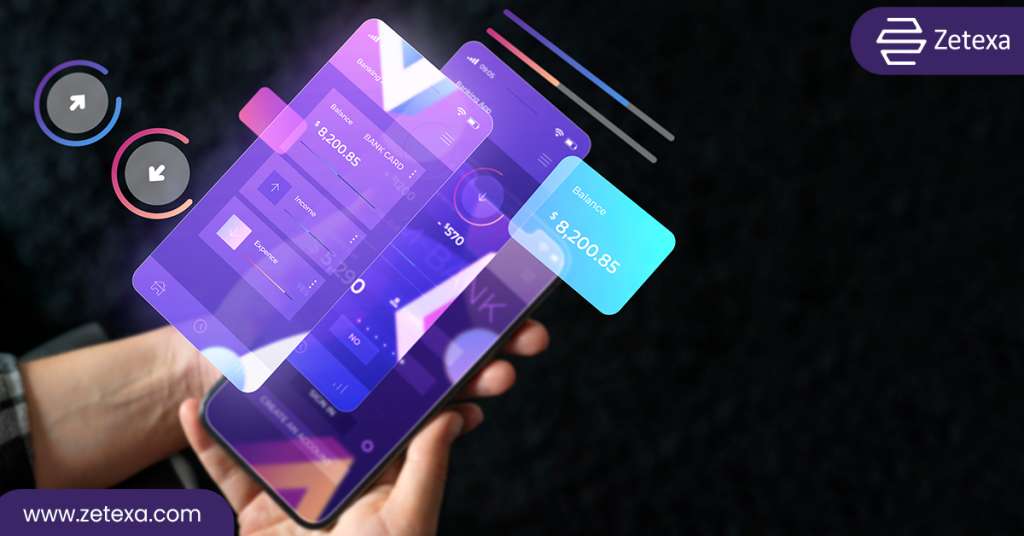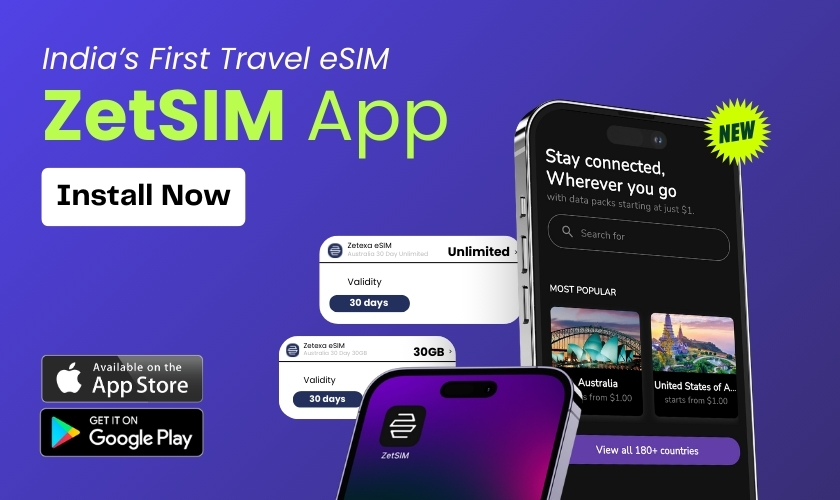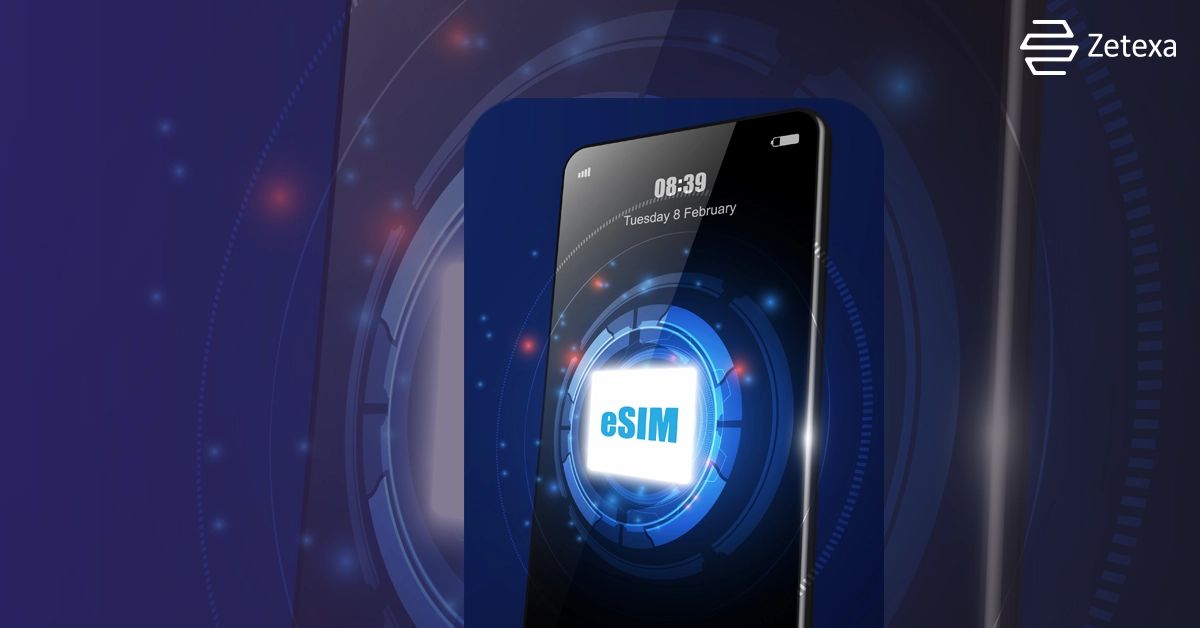eSIMs are breaking down the old world and bringing reliability to how we connect our mobile devices. Instead of a physical SIM card, eSIM technology makes it a more convenient and secure way of instantly connecting to mobile plans. It is a suitable SIM card for overseas use, and one can enjoy multiple advantages besides making calls and browsing the web.
However, many novice users need help understanding this technology. If you are one of them, don’t worry! This guide will give you the tricks and tips you need to make your travel eSIM experience seamless and effortless.
What is an eSIM Card, and How Does eSIM Work?
An eSIM is a digital version of the physical SIM card—identifying your device virtually to provide network connection. It’s programmable remotely via software and is built into newer smartphones, meaning you wouldn’t have to go purchase a new SIM card if you wanted to swap phones or wireless carriers.
eSIM, or embedded SIM, is a small chip integrated inside the mobile device. It acts the same way a physical SIM card does. This difference is that an eSIM is infused into the device at the factory. It can’t be separated or replaced, like a physical SIM card.
Here are some key points to understand about eSIMs:
1. Embedded Design
An eSIM is embedded in the device’s hardware. This is primarily found in new smartphones, smartwatches, tablets, and other devices on the market.
2. Remote Provisioning
The eSIM activation and provisioning are done remotely by the mobile carrier provider. This could mean scanning the QR code supplied by the carrier or typing a specific numerical code to ignite the eSIM feature.
3. Multiple Profiles
Depending on the build and compatibility with eSIM, specific devices can have several eSIM profiles. They can eventually be a trustworthy replacement for traditional SIM cards when you are on an international trip or heading toward a different country for studies, but it takes time to get familiar with them.
4. Dual SIM Functionality
Several devices can also provide dual SIM functionality. Users can use two mobile plan numbers at the same time. It can be one physical SIM card, two physical SIM cards, one physical SIM card, and one eSIM.
5. Flexibility and Convenience
International eSIM gives users more options. It is probably the best SIM card for people who travel abroad, often switching between carriers and plans. You would not need to change your physical SIM card.
6. Compact Design
The compact and sleek design of eSIMs highlights their postulated embedded nature. This design helps manufacturers infuse them in slimmer and more appealing devices.
7. Compatibility
The eSIM technology is a prevalent one. However, not all devices or companies offering communication services support it. Checking whether your device is eSIM-suitable is critical. Select a mobile phone that supports eSIM if you visit foreign countries frequently.
8. Security
eSIMs have built-in security features to ensure your confidential information is safe. They employ encryption and authentication systems to preserve the confidentiality and authenticity of the data.
9. Environmental Impact
An eSIM can minimize environmental damage caused by non-recyclable plastic SIM cards. As you opt for eSIM cards, you take a step toward adopting eco-friendly solutions to get connected to the world.
Expanding Use Cases
The first devices that eSIM technology was applied to were smartphones, and now, it’s being gradually extended to other devices. Smartwatches, tablets, laptops, and now even IoT (IoT) devices utilize this technology.
eSIM is a miniature, built-in version of SIM cards. It provides flexibility and convenience and allows users to create multiple profiles. With the development of technology, most eSIM devices will soon be commonly used.

What are the Essential Tips and Tricks for First-Time eSIM Users?
You might not be able to use the eSIM technology on the first day. Take your time and familiarize yourself with the app. Here are some tips that will help you understand how to use it.
1. Check Device Compatibility
Verify your device’s capability to use eSIM. The latest smartphones, smartwatches, and other low-carbon Internet-linked devices are probably equipped with eSIM chips. However, it is fundamental to check the interoperability.
2. Contact Your Mobile Carrier
Determine if your cellular service provider allows for eSIM activation. Not all carriers provide eSIM services. Contact your service provider’s call center to ensure and receive step-by-step instructions.
3. Know the Difference Between Primary and Secondary Lines
Some units may feature dual SIM support. They let you utilize an eSIM and physical SIM cards like dual SIM. Know the difference between the primary and the secondary lines, and choose wisely. This might mean increased data consumption, hiked messaging charges, etc.
4. Backup Your Data
Before tweaking any of your settings, take a backup of your data first; activating an eSIM doesn’t touch your device’s data. A data backup ensures you don’t lose any data if you make changes to your phone.
5. Activation Process
The activation procedure depth differs from one carrier to another when using eSIMs. While some may ask you to scan QR codes, others may provide you with a numerical code, which you have to enter manually. Kindly ensure you follow the steps given by the carrier to have a successful activation process.
6. Secure Your eSIM QR Code
If your carrier has an eSIM QR code for activation, use it carefully, just like you use an actual SIM card. Keep the QR code secure, and don’t give it to others. This prevents unauthorized access to your mobile connectivity.
7. Explore Dual SIM Features
Depending on your device, dual SIM can be enabled. So, investigate all the features under line management and personalization. You may find the settings to select a line as the default for calls, messages, and data usage.
8. Understand Roaming with eSIM
An eSIM can be useful as it is advantageous in managing the plans of multiple mobile providers. Check your carrier’s international roaming options and charges, especially for eSIM use.

9. Monitor Data Usage
Monitor your data consumption, especially if you have many schemes on a dual SIM phone. To save costs from unexpected charges, it is important to watch out for the settings accordingly.
10. Consider eSIM Profiles
For some devices, eSIM supports configuring different eSIM profiles. It can be a convenient SIM card for overseas travel. Most importantly, if you are switching carriers or roaming to different cities, go to the settings in your device to get help and change the eSIM profiles.
11. Contact Customer Support if Issues Arise
You might encounter problems with eSIM activation and connectivity issues during usage. In that case, contact your carrier’s customer service department for assistance. They are great at solving problems.

Why Should You Choose Zetexa for Your First eSIM Connection?
Zetexa, as an eSIM provider, has several benefits. Check out a few below:
Global coverage: With coverage in over 175+ countries, Zetexa can keep you connected almost anywhere you travel. Whether you are going to a bustling city in Europe or a remote village in Australia, you can depend on Zetexa a hundred percent.
Quick and easy setup: Zetexa claims you can install an eSIM in 10 minutes. Isn’t it better than a physical SIM card?
Cost-effective plans: Whether you’re a student, a vacationer, or a business traveler, you can always find a suitable plan according to your budget with Zetexa.
24/7 customer care: If you have any questions or problems with your eSIM, Zetexa’s customer care team is available 24/7 to help you out.
No need to switch phones: As long as your phone is eSIM compatible, you can use Zetexa’s service without switching to a new device.
Reliable connection: Zetexa promises a reliable connection. So now, you can stay connected to the people and things that matter most, no matter where you are in the world.
Summary
eSIMs are all easy-peasy if you know the basic tricks of using them. However, always read your carrier’s and device manufacturer’s strict guidelines and comply. If you are looking for a dependable eSIM provider, you may rely on Zetexa. It offers the ZetSIM app, which is downloadable from the Google Play Store and Apple Appstore. The app benefits global travelers across 180+ countries by providing a secure connection. It also offers reliable customer care services.

Download the ZetSIM App from App Store
Download the ZetSIM App from Google Play store
FAQs
No, not yet. Check with your device manufacturer and carrier to confirm compatibility. You may also contact your mobile carrier’s customer service for clarification.
Contact your carrier to disable the eSIM profile on the lost device and potentially transfer it to a new device.
Using your eSIM abroad might require additional steps or specific plans. Check with your carrier before traveling to see if your eSIM plan extends to the country you will be visiting.
Yes, backing up your eSIM profile allows for easy restoration if you change devices or encounter issues. Having a backup can help you regain access to your phone number if any technical problem occurs.



